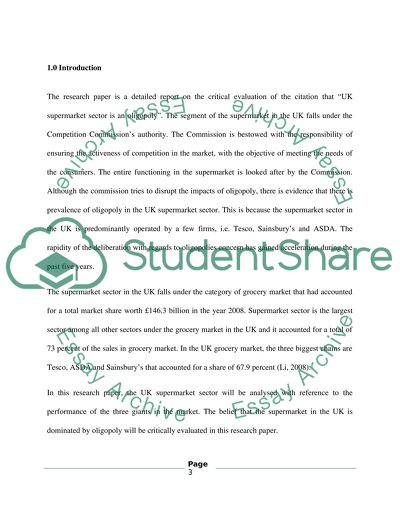Cite this document
(“UK supermarket sector is an oligopoly Essay Example | Topics and Well Written Essays - 2750 words”, n.d.)
Retrieved from https://studentshare.org/environmental-studies/1410794-uk-supermarket-sector-is-an-oligopoly
Retrieved from https://studentshare.org/environmental-studies/1410794-uk-supermarket-sector-is-an-oligopoly
(UK Supermarket Sector Is an Oligopoly Essay Example | Topics and Well Written Essays - 2750 Words)
https://studentshare.org/environmental-studies/1410794-uk-supermarket-sector-is-an-oligopoly.
https://studentshare.org/environmental-studies/1410794-uk-supermarket-sector-is-an-oligopoly.
“UK Supermarket Sector Is an Oligopoly Essay Example | Topics and Well Written Essays - 2750 Words”, n.d. https://studentshare.org/environmental-studies/1410794-uk-supermarket-sector-is-an-oligopoly.


